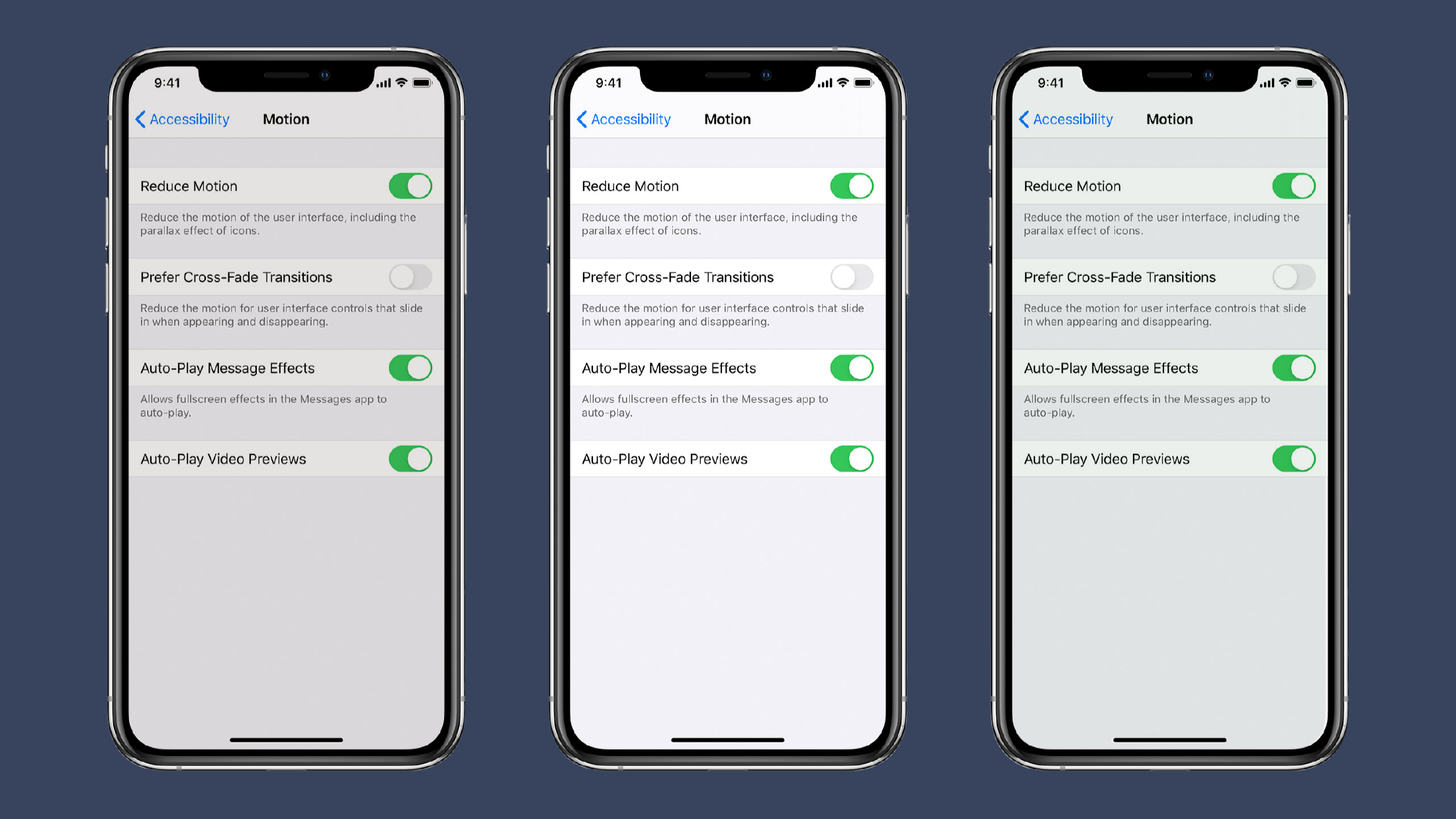Did you know that even with the same mobile phones, small differences can occur in color display? Manufacturers aim for consistency, but subtle variations are normal. But how does that work?
Manufacturers typically aim to provide consistency in color reproduction on their screens, but it's quite normal for subtle variations to occur between different devices of the same model. This can be noticed in tones, brightness, contrast, or color accuracy.
Factors that influence these differences in color representation
- Calibration variances: Mobile phone screens may be calibrated differently during production. Minor deviations in calibration can result in variations in color representation between devices.
- Wear and aging: Over time, a phone screen can degrade slightly, leading to changes in colors. This can occur due to normal wear and tear, exposure to environmental factors, or prolonged usage.
- Settings and software: Sometimes, different settings for brightness, color representation, or software updates can also impact how colors are displayed on the screen.
- Prolonged exposure to direct sunlight: This can cause fading or discoloration of the phone screen, resulting in permanent damage to the color representation and brightness of the screen. To minimize the chance of the aforementioned deteriorations in the mobile device, you might consider purchasing a bookcase, preventing direct sunlight from shining on your display.
- Components sourced from different factories: Two identical models of a smartphone might have a screen produced by different manufacturers. Even if these screens are made to the same specifications, there might be subtle differences in color representation, brightness, color temperature, and other visual characteristics.
- Different screen types: Various screen types like Incell and OLED can show significant differences in color representation, brightness, contrast, and other visual characteristics. Incell screens are LCD (Liquid Crystal Display) screens that use a backlight to illuminate the display. Incell screens can provide good color accuracy, but their black levels and contrast ratios are generally not as high as OLED screens. OLED (Organic Light Emitting Diode) is another technology where each pixel emits individual light, eliminating the need for a separate backlight. This results in deeper black levels, higher contrast ratios, and more vibrant colors compared to traditional LCD screens. OLED screens generally offer better color accuracy and higher brightness, especially in darker environments.
The human eye is also sensitive to variations in color representation, so even minor differences might be noticed by some people. To correct this, some phones offer color calibration options in settings, allowing users to adjust the color representation to their preference.
Do you have a question or want to know more? Don't hesitate to let us know. Who knows, based on more questions, we might write an extensive blog about this. If you find this blog interesting, share it with your colleagues so they can also be aware of these color differences.
